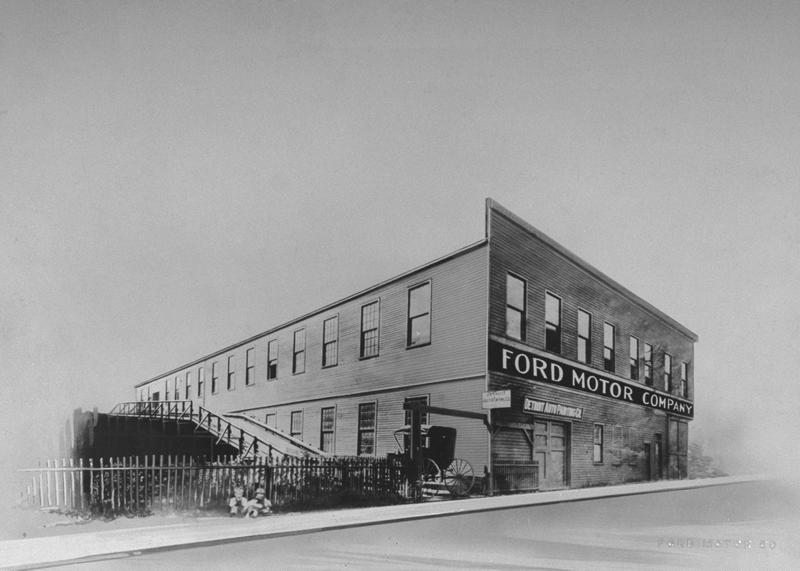History of Firsts During the 1700-1800s
By | November 28, 2018

Everything came from somewhere – some person or persons had to come up with an idea. From that idea, a plan developed in their mind to create something. Sometimes those ideas were profitable while others were not. Those who were lucky enough to come with original profit-making ideas have become the “firsts” of many down throughout history.
Henry Ford was one of those “lucky” individuals to come with a “first.” He created the first Ford (named after himself). The very first vehicle that he created was in 1896 called the “Quadricycle” which was essentially a big buggy on four bicycle tires. It looked pretty much like an overgrown bicycle. His first successful company, Ford Motor Company, came about in 1903 with 11 original investors and the famous “Model T” was produced.


This "first" can be debatable because of the different forms of “bicycles” that were created in the 1700-1800s. The very first form of a bicycle was created in 1791 by a French nobleman named Comte de Sivrac which he called the Velocipede. It was foot powered with two wheels and a saddle. The next bicycle was created in 1817 by Baron Von Drais in Germany. This one was made of wood with a front wheel that was steerable but without a pedal and was first exhibited in Paris. Bicycles progressed from there and by 1888, John Dunlop had created one with pneumatic tires which made it a more comfortable riding bike.

First Postage Stamp
The date that the first postage stamp became a reality was May 6, 1840, which had been previously set at one penny for half-ounce letters on January 10, 1840. It was printed by the firm of Perkins, Bacon & Petch with a simple design of Queen Victoria drawn by Henry Corbould. This stamp was called the Penny Black because black ink was chosen for the stamp. The Penny Black and Twopenny Blue stamps did not have a country of origin shown on them as they were the first postage stamps made. Even today, British stamps still do not show the country but they do show the image of whoever the current monarch is.

First President to Die in Office
The first president to die in office happened in the year 1841. Up to that point in history, he was the oldest president to be elected into office. It was only his 32nd day in office when he passed away. The Whig party nominated William Henry Harrison as their candidate and portrayed him as living a simple life in a log cabin with apple cider rather than living lavishly on champagne. He had become Governor of the Indiana Territory in 1801 where he served 12 years. During his time as governor, his primary goal was to get control of Indian land in order for the settlers to get through in the wilderness to create settlements. Then he would defend those settlements. Around this time, in 1811, is when The Battle Of Tippecanoe took place.
It was after successfully scattering the Indians in these battles, that he received the nomination for President. Once getting into office, he had caught a simple cold that turned into pneumonia, which is what later took his life.

First Telegraph Message
It was 1861 when the workers of the Western Union Telegraph company completed a transcontinental line for the first time that linked up the eastern and western networks at Salt Lake City, Utah. This line made it possible for the first time for communication to be instantly connected between Washington D.C. and San Francisco. The chief justice of California was the first to send a telegram to the president. At that time, it was Abraham Lincoln who was the president. The message was a message of assurance that this new line of communication was going to help western states to be loyal to the Union during the Civil War. It was not an easy task for this line to be completed. They faced many obstacles such as the necessary parts needed were having to be shipped by sea or carried by wagons driven by horses. Another obstacle that slowed down the progress were the Indians. A group of Sioux warriors had cut and taken sections of wire that were already done and made bracelets out of it. When some of them got sick, they blamed it on the great spirit of the “talking wire.”
These "first" things have contributed to many more creations and inventions by mankind to make our lives more efficient.

